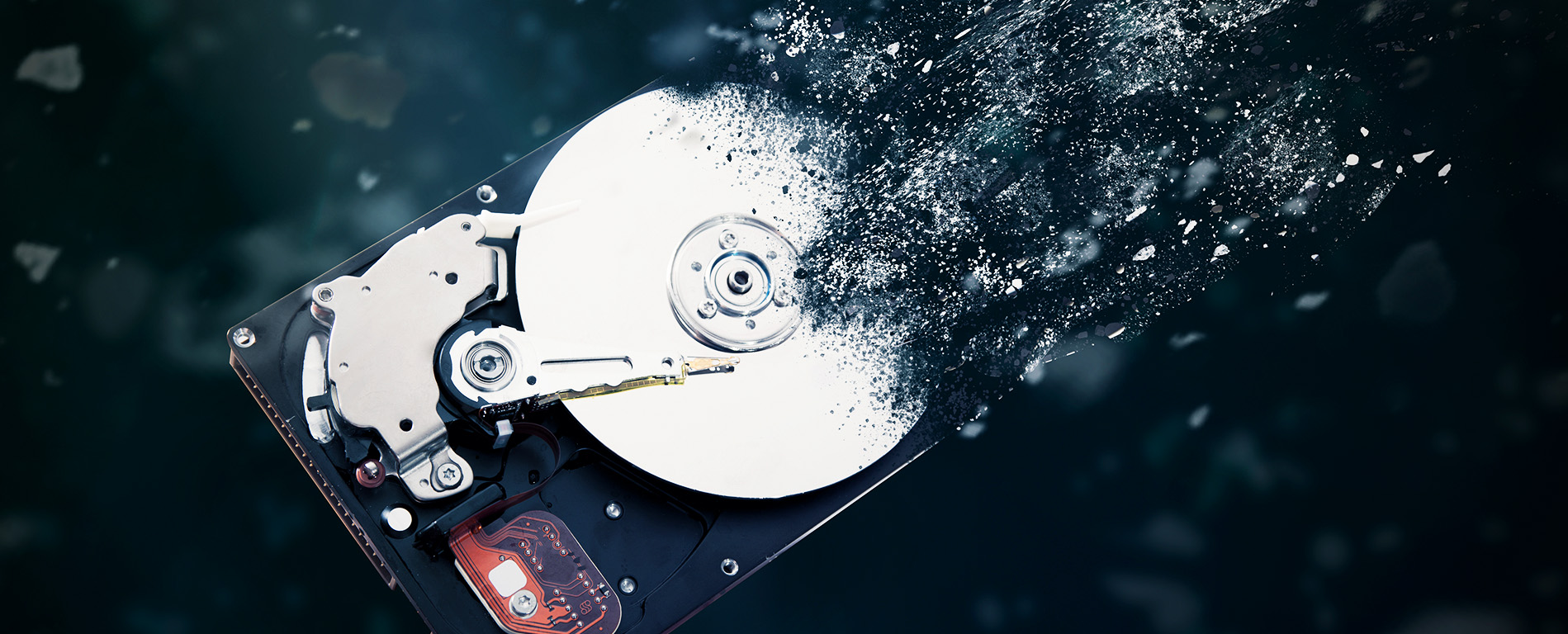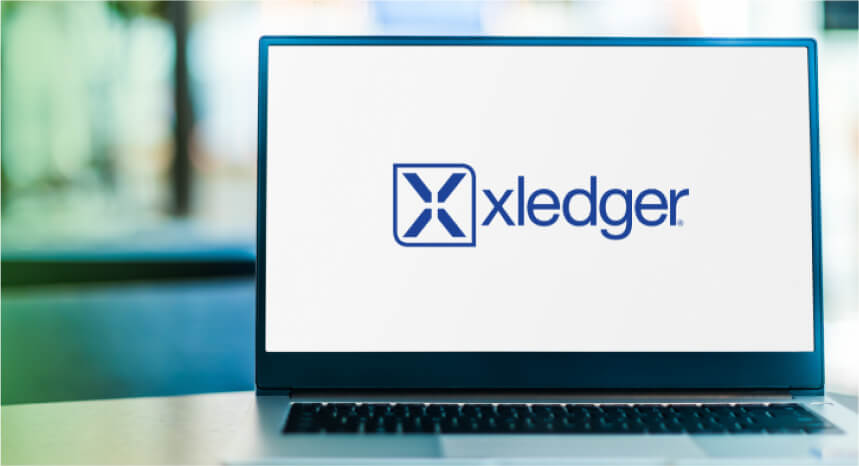Blogs
4 ways obsolescence can corrode your business

Obsolescence works on multiple levels.
In the first sense, a product qualifies as obsolete when vendors release newer versions on the same platform. On-premises systems outmoded other on-premises systems.
A second type of obsolescence appears when one technology supplants another (although as we will see, obsolete technologies tend to linger longer in enterprise software than any other market).
Third, obsolescence can also take a human form; businesses can have the latest technology but archaic practices. A workflow designed around fax machines will struggle to take full advantage of scanners.
1. Legacy Products
The world of enterprise software differs from most other software markets in one respect: to a certain extent, products from every stage of evolution compete for the same pool of customers. Many clients will still purchase on-premises systems, regarding them as more secure or established than alternatives. The ‘cloud’ can refer to many products, from transitional forms like ‘hybrid cloud’ to the full public cloud. In consumer markets, we treat anyone with a Palm Pilot or an NEC desktop as prehistoric, an anomaly. But in ERP, obsolete technologies continue to sell, and at surprising rates.
On-premises ERP is obsolete in two ways: a) new technologies have supplanted it, and b) its model renders it uniquely prone to the ravages of time. Once clients have completed the inordinately expensive license purchase, once they’ve paid for implementation and customization, they might have one or two years before the configurations break, or the vendor issues a new (licensed) version, or organizational changes create the need for re-coding. Thus, not only do on-premises systems present a higher up-front and continuing cost than alternative platforms; they also have a much shorter lifespan.

2. Platform Mixing
In view of on-premises shortcomings, many clients have opted for transitional forms. Prominent among these are private cloud systems and hybrid cloud systems. The private cloud is single-tenant, meaning that only one company occupies it; the cloud could be anchored to the client-company’s hardware, or a third-party could host it on the client’s behalf. Similarly, the hybrid cloud is a hybrid: a mix of public, private, and on-premises platforms, with workloads distributed according to perceived sensitivity.
Once again, the design of these models exposes them to several kinds of obsolescence. In particular, neither private nor hybrid cloud products have a clear upgrade path. Clients must hire programmers to re-customize, must pay to re-license, and must overcome the basic challenge of having one vendor responsible for distributing, not one upgrade to many customers, but rather many upgrades to many customers, with each upgrade radically customized. In today’s software world, any product without a streamlined upgrade path will age at a startling speed.

3. Old Habits
The multitenant cloud seems the best option for resisting obsolescence. At the very least, public cloud systems have the longest life-cycle of any ERP platform; theoretically, a cloud vendor could keep the same product young for decades, funneling revenues from customer subscriptions back into continual development. But even the right fit between product and platform cannot entirely banish obsolescence. If clients attempt to combine a cloud system with processes best suited to on-premises products, they will likely fail to reap the benefits they could.
Public cloud systems demand wide-ranging changes. Companies must restructure their approval processes. They must reconsider the size and experience of their IT staff. They must train executives into new insight tools and employees into new workflows. No software product can compel users to take advantage of it. Here, humans create the conditions for obsolescence.

4. Split Vendor Priorities
In some cases, obsolescence comes from technology. In other cases, it comes from workflow. There are situations, however, in which obsolescence occurs due to the fragmentation of the vendor’s own priorities. Even a multitenant cloud vendor can, by spreading development resources over numerous product lines, diminish the impact even of regular updates. Upgrades become progressively less significant, the changes progressively more cosmetic and less substantial. Eventually, ‘upgrades’ consist of re-designs, quick tweaks to the interface.
Why does it matter?
The rising rates of cloud adoption indicate that businesses already know, often through hard experience, the costs of obsolescence. Outdated technology induces a toxic malaise. It limits an organization’s present performance and causes businesses to forfeit unknown volumes of future revenue. It severely undermines a business’s ability to keep pace with competitors, regulators, and best practices.
‘Cloud’ cannot guarantee clients freedom from obsolescence. In the first place, many ‘cloud’ products lack a clear path for upgrades. Even vendors on the ‘right’ platform can split their priorities so greatly that customers must eventually purchase the latest version.
Clients should take the time to find the right partner. One that delivers an innovative product through the multitenant cloud. One that remains committed to keeping that product at the bleeding edge of the tech world. One that values long-term satisfaction over quick fixes.

